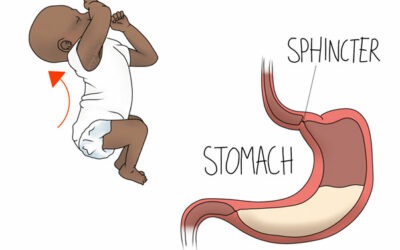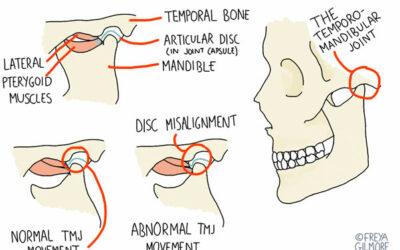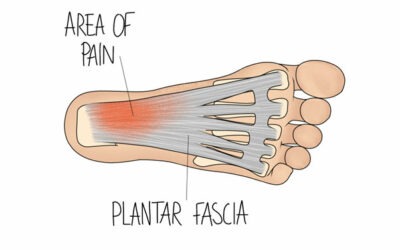Some basic facts about breathing
The average adult breaths between 17,000-23,000 times per day whilst at rest, this increases with any activity exertion. Per minute it is expected that we breath 12-16 times, however the optimal breathing rate is less than this. Optimal breathing rates are closer to 6-8 breaths per minute which would result in 8,000 to 12,000 breaths per day.
Research suggests that the breathing rate increases in patients with chronic conditions such as asthma, cystic fibrosis, diabetes and many more. This can then significantly impact your physiological functioning in multiple areas of the body.
At Good Health Centre some of the practitioners may use Capnograph training to assess the efficiency of your breathing by observing breathing rate, Carbon dioxide retention, heart rate and heart rate variability to assess your physiological functioning. This will enable them to provide you with more specific advice.
Asthma
Asthma is a chronic inflammatory condition which causes the airways within your respiratory system to become obstructed. The condition is irritated by various factors including allergen exposure, smoking, physical exercise, temperature, Non-steroidal anti-inflammatory (NSAID) medication and trauma.
Although the exact cause of asthma is not known, there are several potential ideas as to why people suffer with it. There is a genetic link to Asthma and there are several genes which have been researched into most. (Scott, 2012). The 5th Chromosome has been researched as a genetic link to the development of asthma due to its association with the inflammatory response involved with the disease, leading to a chemical imbalance of pro and anti-inflammatory reactions.
Types of asthmatic onset
Genetically induced asthma usually begins in childhood and often presents with other symptoms such as eczema and allergic rhinitis, 1.4 million children are affected in the U.K. (predicted in 2012) with twice as many boys than girls. There may be a link with smoking during pregnancy or passive smoking in infants increasing the likelihood of children being impacted by the disease.
Asthma can also be induced during adulthood and commonly occurs after a severe viral or respiratory tract infection; however it can further be predisposed by factors such as emotional stress, fatigue, endocrine changes, humidity variations and occupational influences.
The majority of asthmatics do not suffer with one or the other, but both types of induced asthma.
What causes asthma?
Asthma is due to the hypersensitivity of the lining of the bronchia. This hypersensitivity leads to spasm of the muscle, along-side swelling of the mucosa and thickened secretion – this combination can drastically narrow the airways.
All asthmatics can develop status asthmaticus (asthma attack) which is a severe acute attack that does not respond to standard medication. Symptoms of an asthmatic attack include marked respiratory distress with wheezing or absent breath sounds.
Genetically induced asthma usually begins in childhood and often presents with other symptoms such as eczema and allergic rhinitis, 1.4 million children are affected in the U.K. (predicted in 2012) with twice as many boys than girls. There may be a link with smoking during pregnancy or passive smoking in infants increasing the likelihood of children being impacted by the disease.
Asthma can also be induced during adulthood and commonly occurs after a severe viral or respiratory tract infection; however it can further be predisposed by factors such as emotional stress, fatigue, endocrine changes, humidity variations and occupational influences.
The majority of asthmatics do not suffer with one or the other, but both types of induced asthma.
What causes asthma?
Asthma is due to the hypersensitivity of the lining of the bronchia. This hypersensitivity leads to spasm of the muscle, along-side swelling of the mucosa and thickened secretion – this combination can drastically narrow the airways.
All asthmatics can develop status asthmaticus (asthma attack) which is a severe acute attack that does not respond to standard medication. Symptoms of an asthmatic attack include marked respiratory distress with wheezing or absent breath sounds.
What might an Osteopath do to help?
As an Osteopath, we would assess the common compensations that occur with this condition, and how certain structure are functioning. Frequently asthmatics tend to breathe through their upper ribcage; using their shoulders to assist with the mechanism rather than using the larger diaphragm muscle. This leads to long-term postural changes, such as an increased curve in the upper spine and shortened muscles within the neck.
Research has also suggested a link between back pain, headaches and asthma sufferers.
An example of what an Osteopath may to do help with the postural compensations from asthma is:
- Articulate the thoracic spine and ribcage to help improve expansion of the joints.
- Massage or stretch the muscles in the neck to help decrease the ‘forward head’ posture that is associated with asthmatics. Also stretch the pectoral muscles and subscapularis to help reduce the forward rotation of the shoulders and help improve rib expansion.
- Soft tissue work through the diaphragm, the connections of it and the innervation through the neck.
- Provide you with exercises aimed at postural improvement, pelvic and diaphragmatic functioning and core stability.
If you would like more information on asthma and osteopathy, please do call the Good Health Centre and we will be more than welcome to make an appointment for an osteopath to see you in order to give you some personalised advice.



0 Comments